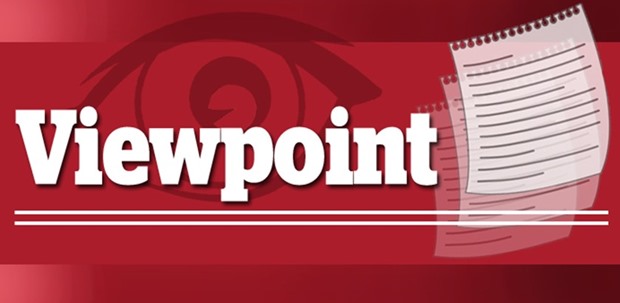The leaders of the US and the EU are making a grievous error in thinking that President Vladimir Putin’s Russia is a potential ally in the fight against Islamic State. The evidence contradicts them. Putin’s aim is to foster the EU’s disintegration, and the best way to do so is to flood Europe with Syrian refugees.
Russian planes have been bombing the civilian population in southern Syria forcing them to flee to Jordan and Lebanon. There are now 20,000 Syrian refugees camped out in the desert awaiting admission to Jordan. A smaller number are waiting to enter Lebanon. Both groups are growing.
Russia has also launched a large-scale air attack against civilians in northern Syria. This was followed by a ground assault by Syrian President Bashar al-Assad’s army against Aleppo, a city that used to have 2mn inhabitants. The barrel bombs caused 70,000 civilians to flee to Turkey; the ground offensive could uproot many more.
The families on the move may not stop in Turkey. German Chancellor Angela Merkel flew to Ankara this week to make last-minute arrangements with the Turkish government to induce the refugees already in Turkey to prolong their stay there. She offered to airlift 200,000-300,000 Syrian refugees annually directly to Europe on the condition that Turkey will prevent them from going to Greece and will accept them back if they do so.
Putin is a gifted tactician, but not a strategic thinker. There is no reason to believe he intervened in Syria in order to aggravate the European refugee crisis. Indeed, his intervention was a strategic blunder because it embroiled him in a conflict with Turkish President Recep Tayyip Erdoan, which has hurt the interests of both.
But once Putin saw the opportunity to hasten the EU’s disintegration, he seized it. He has obfuscated his actions by talking of co-operating against a common enemy, Isis. He has followed a similar approach in Ukraine, signing the Minsk agreement but failing to carry out its provisions.
It is hard to understand why US and EU leaders take Putin at his word rather than judging him by his behaviour. The only explanation one can find is that democratic politicians seek to reassure their publics by painting a more favourable picture than reality justifies. The fact is that Putin’s Russia and the EU are engaged in a race against time: the question is which one will collapse first.
The Putin regime faces bankruptcy in 2017, when a large part of its foreign debt matures, and political turmoil may erupt sooner than that. The president’s popularity, which remains high, rests on a social compact requiring the government to deliver financial stability and a slowly but steadily rising standard of living. Western sanctions, coupled with the sharp decline in the price of oil, will force the regime to fail on both counts.
The most effective way Putin’s regime can avoid collapse is by causing the EU to collapse sooner. An EU that is coming apart at the seams will not be able to maintain the sanctions it imposed on Russia following its incursion into Ukraine. On the contrary, Putin will be able to gain considerable economic benefits from dividing Europe and exploiting the connections with commercial interests and anti-European parties that he has carefully cultivated.

Prashanth

